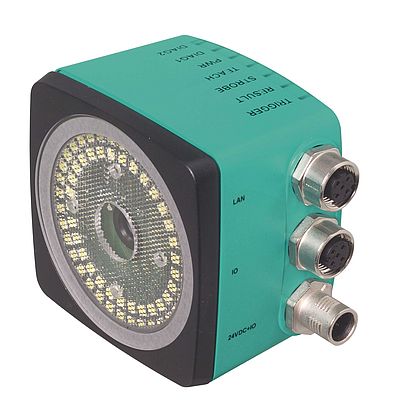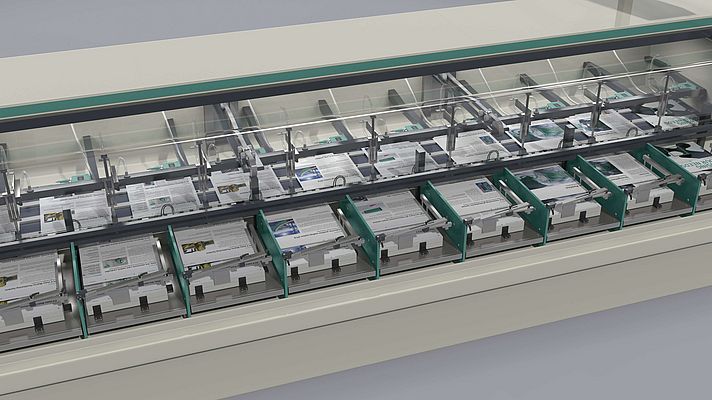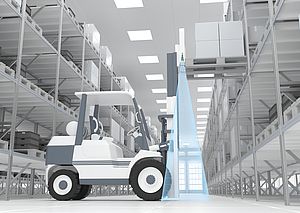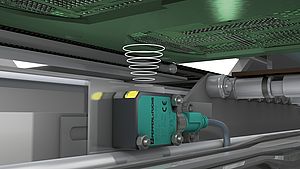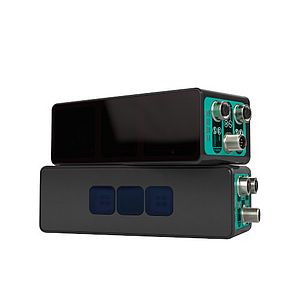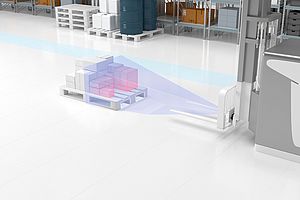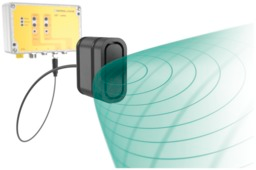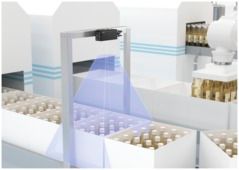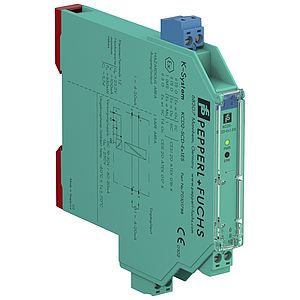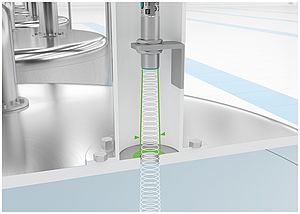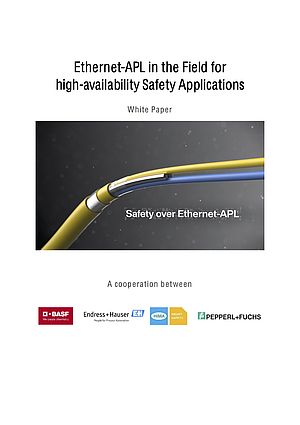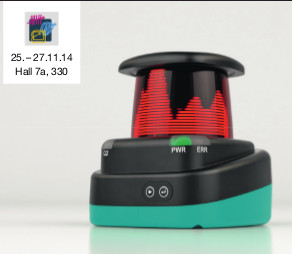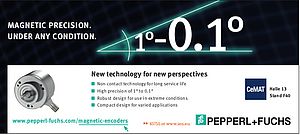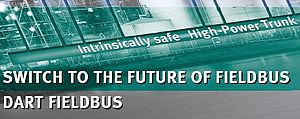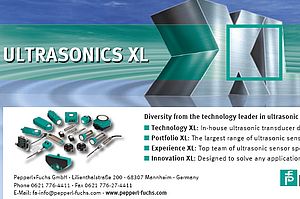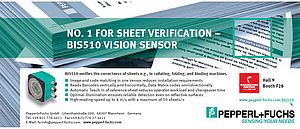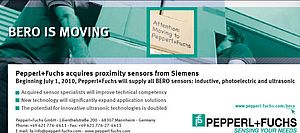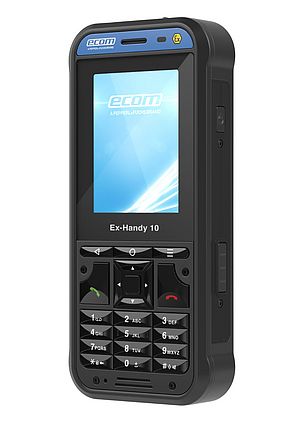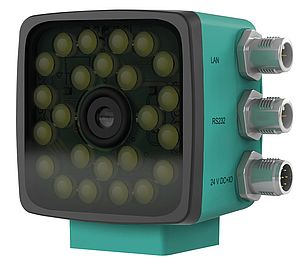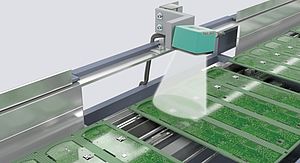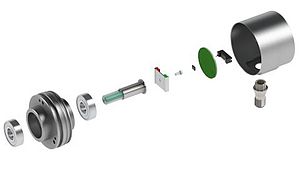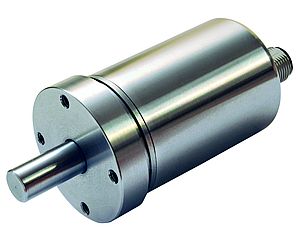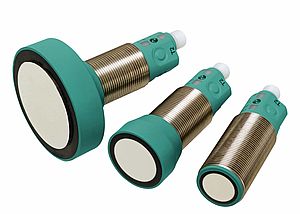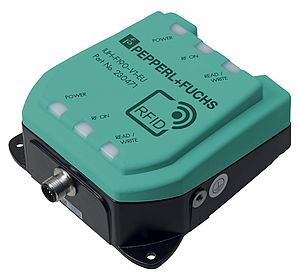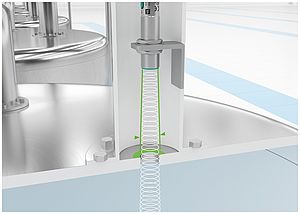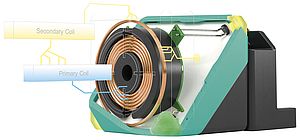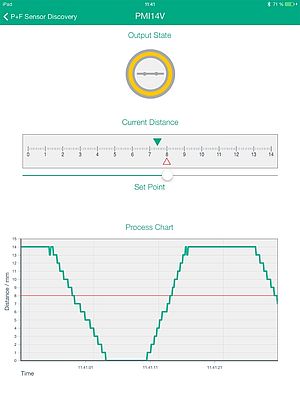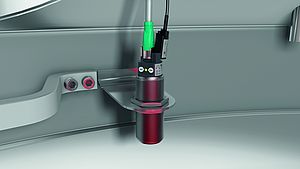A blank page in a book or the incorrect medication package insert – both these scenarios can be avoided by using a sheet verification system as an essential quality assurance tool in the printing shop, providing a competitive edge for the printer. The new Vision Sensors from Pepperl+Fuchs are fully automated and integrated in the machine control system, meaning that no user intervention is required. Trained operators can work on machines equipped with this technology in any printing shop, anywhere in the world, and faster job changes boost productivity.
The graphics industry has recently been perceived to have been especially hard hit by the economic crisis. A slightly more in-depth analysis indicates that while the amount of work carried out by the printing sector has barely fallen, there are nonetheless major shifts taking place within the industry. Factors behind this transformation include quality, flexibility owing to smaller runs, cost pressure, automation and globalisation.
In addition to the printing machines themselves, these factors also particularly affect the post-processing of printed paper to produce books, brochures, leaflets and packaging products.
This can involve folding and collating the printed sheets, followed by stapling or binding. Even your digitally printed electricity bill is folded automatically and inserted mechanically into an envelope along with a promotional flier, which itself may also be personalised.
Printing shops and bookbinders work swiftly to turn out a great variety of high-quality printed documents every day of the week. It is important, for example, that blank pages should not inadvertently find their way into books, and that the month of May should not occur twice in a calendar. In short, the pages included must always be the right ones, and wrong sheets must always be detected.
Sheet verification
Although an unprinted blank sheet can be detected using conventional sensor technology, if you want to make sure that the page of the telephone book being processed is page 145 and not page 144, a sophisticated detection system is required to detect the subtle difference in the complex printed image. In some cases, a barcode or data-matrix code on the edge of each page is sufficient. Often, however, this has to be done using the print image alone, which is where industrial vision comes into play.
Sheet verification using industrial vision has been under constant development, and has today progressed from its multi-faceted experimental stage in the late 1990s to becoming a standard requirement for new machines.
At the Print09 trade fair in Chicago last September, industrial vision for sheet verification –usually in the form of code readers - was more or less a standard feature.
A recently published Ernst & Young report on the printing industry substantiates the view that demand for sheet verification is rising, also within China's rapidly growing printing industry. When processing packing inserts for the pharmaceuticals industry, automatic sheet verification is often a prerequisite for the printer being awarded the order.
Automation takes pressure off the operator
At first sight, the high level of complexity of industrial vision contrasts with the often low qualification levels machine operators. No machinery manufacturer can know what products will be produced in three years' time on a given machine, which may be shipped to any country in the world. Neither can the manufacturer know how well qualified the person operating the machine will be. However, we can be reasonably confident that the operator will have no knowledge whatsoever of industrial vision.
It makes sense, therefore, for the machine to be able to control all its primary functions automatically and reliably. This applies especially to complex image processing functions, such as the teaching-in of the required page and the detection process itself. The print image that needs to be detected may consist of text, graphics or photos. Then again, it could just be one plain colour.
Modern sensors that have been tried and tested in industry
Pepperl+Fuchs is a sensor manufacturer that relies on its 30 years of experience of dealing with the particular requirements of the graphics industry to develop a solution for this application. For more than ten years now, industrial vision has been a permanent feature of our wide product portfolio. Our Vision Sensors are a special class of device that combine all the various components for illumination, image capture and full evaluation in a single housing. The Vision Sensor thus combines the complex detection of industrial vision technology with the compact housing and rugged connection system of a conventional sensor.
To relieve pressure on the operator during sheet verification, the teach-in process has been fully automated so that it can be carried out by the machine control system independently and free of any operator intervention. A wide range of practical tests were conducted in order to optimise the image processing algorithms for the widest possible range of printed images and paper surfaces. These tests resulted in a Vision Sensor that works automatically and reliably and that can, for example, differentiate between the German and English versions of a medication package insert.
Only if an error is detected does the operator need to use the error image to decide if the page in question is actually incorrect, or if the minor deviation in print quality can be tolerated in future.
The Ethernet interface enables images to be transmitted to the machine control system, where error images can, for example, be displayed on the controller's touchscreen. This interface also allows the machine manufacturer to perform remote diagnostics and remote maintenance.
Sheet verification is becoming a standard feature
The machine manufacturer is thus being offered a tried-and-tested, practical solution The compact design of the Vision Sensors, which combines all the required components in a single housing, makes it easier to retrofit older machines. This is of particular interest when financial constraints make a major investment difficult.
The printing shop acquires a reliable, low-maintenance quality assurance resource that does not require operators with a different set of qualifications. This improves the payback on the investment and produces an immediate competitive edge when quoting for higher value print orders.
Vision Sensors from Pepperl+Fuchs thus enable sheet verification to spread further as a standard feature of the graphics industry, one that will soon become part of the basic package on new machines for postpress applications.
Author: Rainer Bönick, Global Industry Manager Print and Paper, Factory Automation Department, Pepperl+Fuchs, Mannheim, Germany


